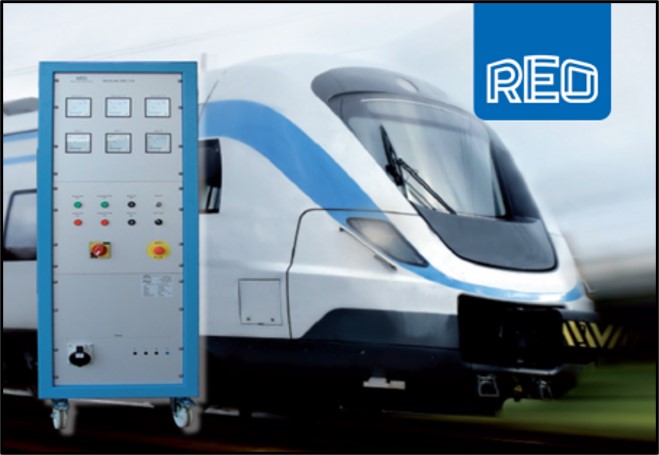According to Rail Business Daily’s annual ‘The Rail report’, there were 1.4 bn passenger journeys in 2022; ensuring the bulk of these journeys run as planned is a complex task, and the UK’s 29 Train Operating Companies (TOCs) are responsible for the running of passenger services, usually leasing trains from Rolling Stock Companies (ROSCOs)
While Network Rail is responsible for maintaining and developing most of the rail infrastructure, the agreements between ROCs and ROSCOs outline the scope of maintenance for trains and rolling stock; this can range from daily cleaning to heavy maintenance, such as wheel replacement and drive system work. Responsibility for these requirements is usually divided this way.
TOCs
Usually responsible for routine maintenance and servicing at designated depots; this includes cleaning, safety and operational inspections, and minor repairs. These functions are often outsourced.
ROSCOs
Generally responsible for significant maintenance requirements, overhauls and upgrades. They are often carried out in conjunction with specialist service providers.
Modern Train Maintenance
In addition to the main propulsion and safety systems, modern electric trains have several auxiliary, non-critical systems that require regular maintenance to ensure an optimal passenger experience, such as lighting, HVAC (heating, ventilation, and air conditioning), communication systems, and onboard electronics. Regular servicing of these systems prevents breakdowns, improves customer experience, and ensures compliance with safety and operational standards. While these systems often do not affect the train’s ability to run, their failure can lead to decreased service quality and passenger satisfaction.
When moving, these systems are usually supplied by an Auxiliary Power Unit (APU), which is separate from the propulsion power and usually operates at a lower voltage. During maintenance and repair, it is not always practical or desirable to fully power the train and, therefore, the APU. However, the systems connected to the APU need to be powered up to test specific components, systems, or diagnostics.
In these instances, a separate DC power supply, such as those manufactured by REO Test Engineering, can be invaluable from a convenience and safety point of view. The power supply ensures that the train’s relevant elements can be powered without relying on the mains grid or propulsion systems.
Power supplies, such as the REOLAB 400, can be wheeled into position and provide a regulated output mimicking the train’s APU. The output should be electrically isolated to ensure safety and to protect against overload and short circuits. The output voltage requirement can be 750 V DC or even higher, so it is essential that necessary creepage and clearance distances are adhered to and that interlocks are in place to ensure accidental contact with live parts.
In addition to providing temporary power, these power supplies can also charge the onboard batteries that some trains carry for emergency power and even be used to test the regeneration and braking systems.
Another point to note is that a modern train houses an array of complex electronics, from passenger communication and information systems to onboard control and safety systems, including those that manage train protection, signalling, and diagnostics. Any external power supply mustn’t interfere with or, even worse, damage these systems. The REOLAB 400 does not emit any high-frequency noise or harmonics and ensures that equipment connected to it and in the vicinity operates as intended.
Under the Track Access Agreements between TOCs and Network Rail, TOCs can be penalized for delays, which is their responsibility. Ensuring the trains in their care are in the very best operational condition can affect their bottom line. A flexible and safe maintenance system is of the utmost importance, and companies like REO UK LTD can provide field-proven solutions where required.
